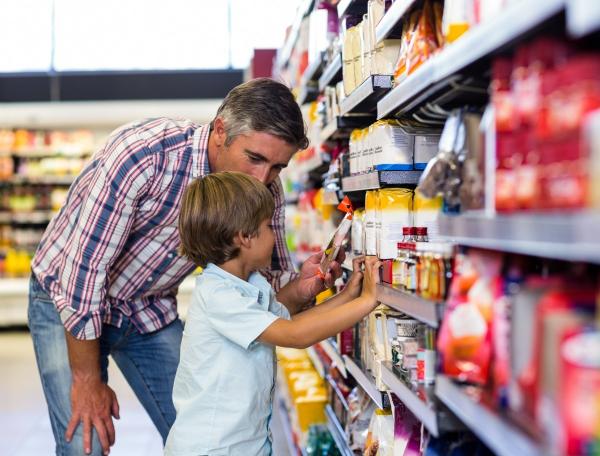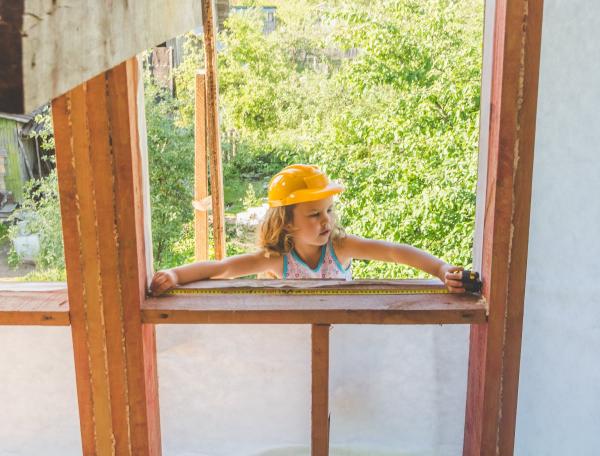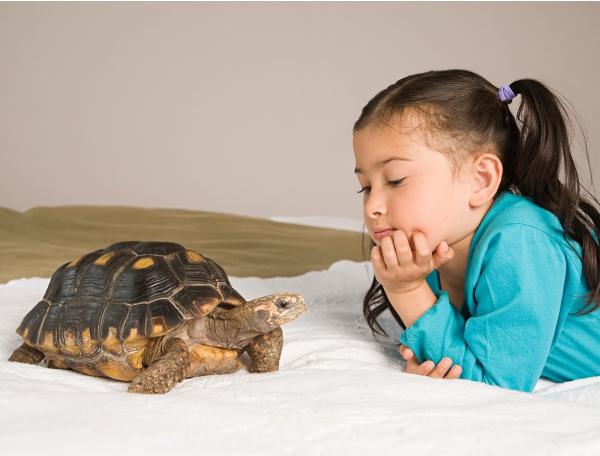Compare, compare, compare

Developed in partnership with Education Services Australia
The Australian Curriculum sets the goal for what all students should learn as they progress through their school life. Skills in the Foundation Year curriculum include:
- comparing two lengths by placing them side by side
- using appropriate words to describe length in different situations, eg taller, wider, longer
- comparing two objects by lifting them to feel if one is heavier
- comparing two containers by filling one and pouring into the other
- exploring the use of smaller objects as a unit of measure that can be counted.
It’s easy to help your child practise these skills as part of everyday life – just use these simple ideas.
Practice, practice, practice
When it comes to length, mass, volume and capacity, there’s a lot for your child to learn – the concepts, the language, and how to make comparisons. Length is particularly tricky as we can call it length, height, or width, depending on the object.
Help your child by building practice into your everyday activities. For example:
- ask your child to compare different objects to work out which is lighter and which is heavier
Is your shoe heavier than my shoe? - point out examples where the size and the weight don’t match
The beach ball is bigger than the baseball, but much lighter.
The bag of apples is smaller than the box of cereal, but heavier. - give your child three objects and work out which is lightest, which is heaviest, and which is in the middle
- ask your child to compare the length/width/height of objects
Is your hair longer than mine?
Which box is the widest?
Is daddy taller than grandpa? - make a deliberate mistake with words that are easy to confuse, such as long/tall, and see if your child picks it up:
My nails are taller than yours!
If your child doesn’t notice the mistake, prompt them:
Oops, that doesn’t make sense! What should I say instead?
If they don’t know, say it correctly and move on:
Oh I know, my nails are longer than yours! Do you think I should cut them? - make estimates together, and then check them
Do you think this hose will reach the end of the garden?
Which bag of groceries will be heavier?
Will all these things fit into this box or will we need a larger box? - challenge your child to work out how to make a tricky comparison
These bookshelves are too heavy to move. How can we work out which one is longer when we can't find the tape measure? (Answer: use string, a ruler or something else that can be laid end-to-end)
How can we work out which of these jugs will hold more water? (Answer: fill one and pour it into the other)
Note: In everyday language we often say weight when we should, technically speaking, say mass. If your child is being taught to use mass at school, this might confuse them. A simple way to avoid this is to not use either term - just describe things as being heavy/heavier/heaviest and light/lighter/lightest.
If you want to use weight and mass correctly, do an internet search for mass vs weight. It’s not necessary in order to help your child, but it might help you feel better prepared if your child ever asks how they are different (it’s all to do with gravity).
Go online
For online reinforcement, Which container holds more magic rocks? will give your child practice at:
- comparing the capacity of different containers.
How big is the magic bus? will give your child practice at:
- comparing lengths.
[FYLearning]








